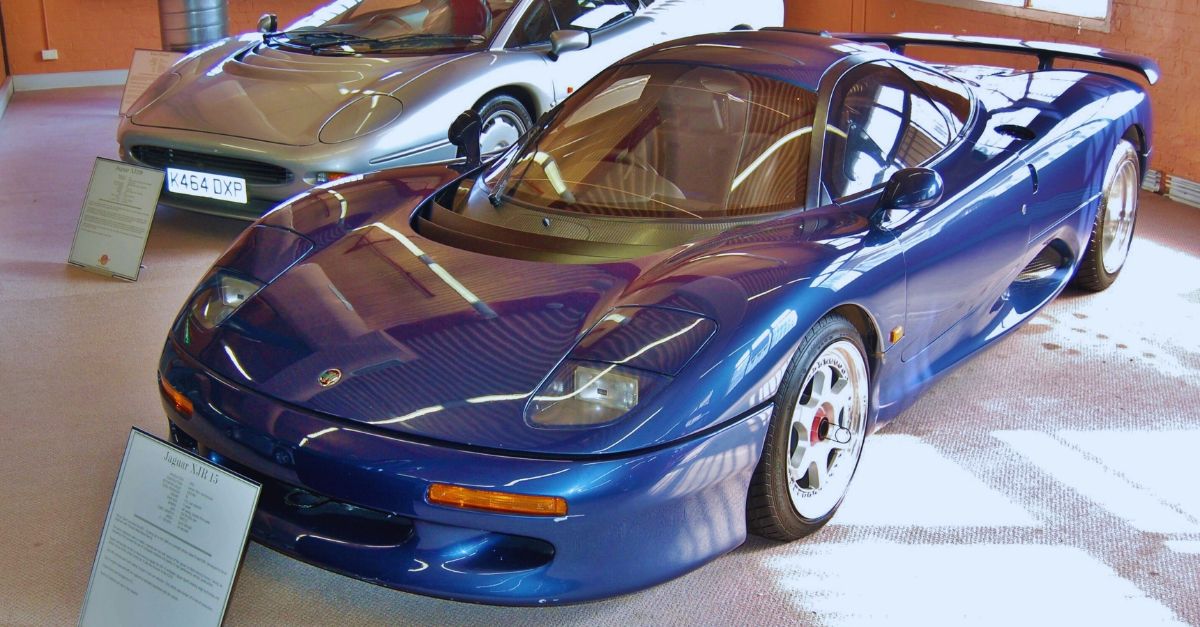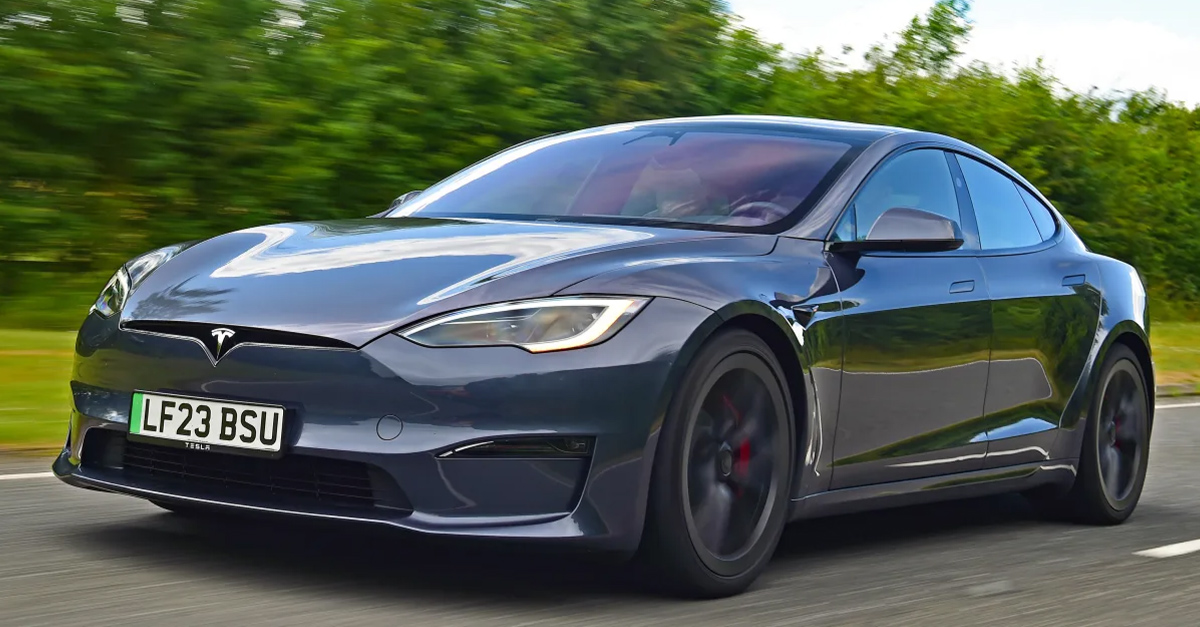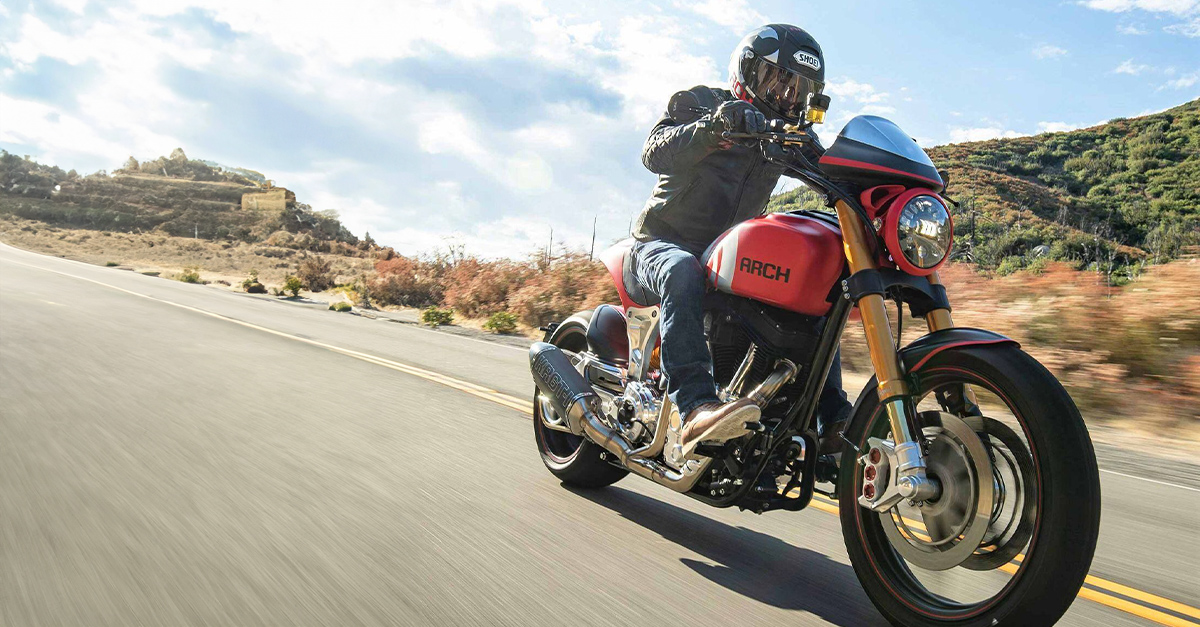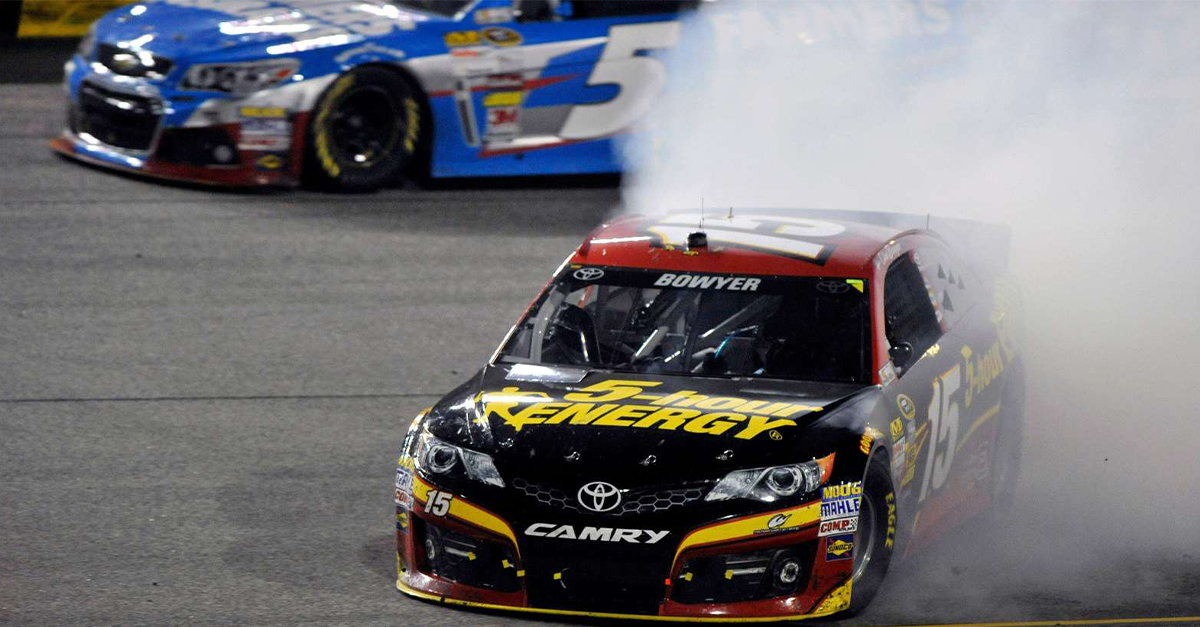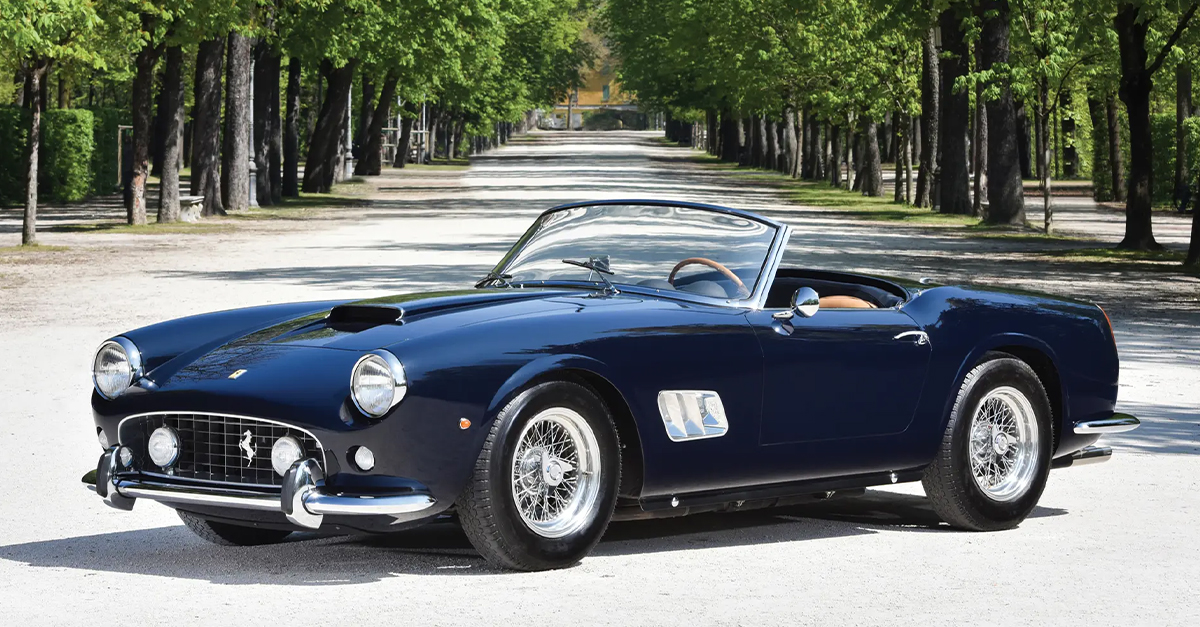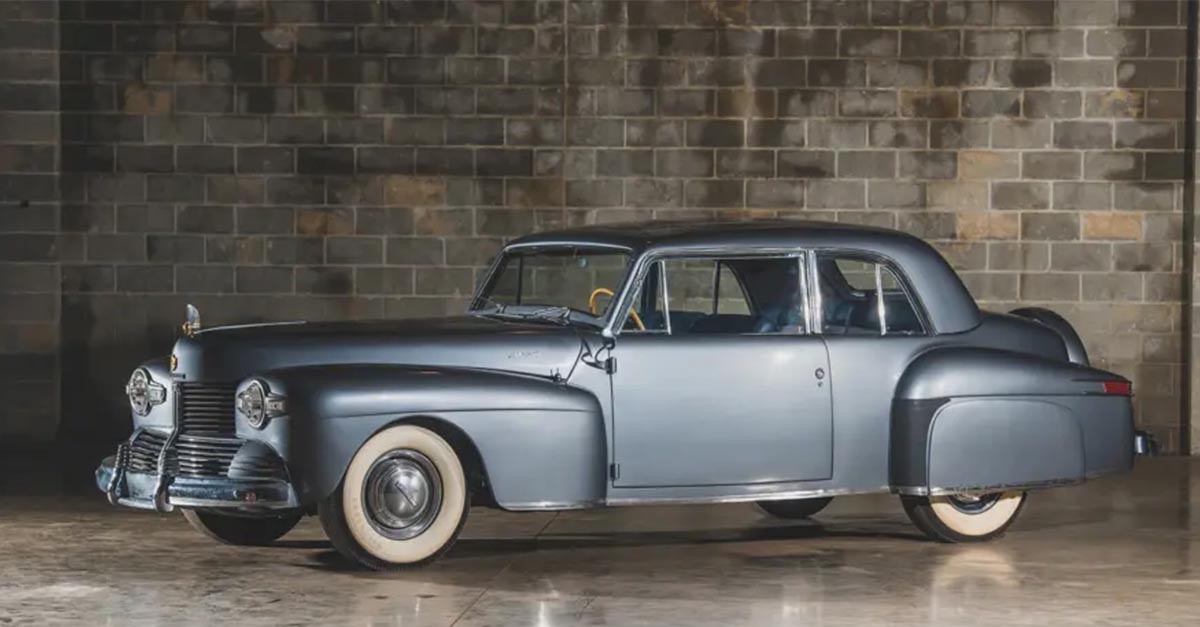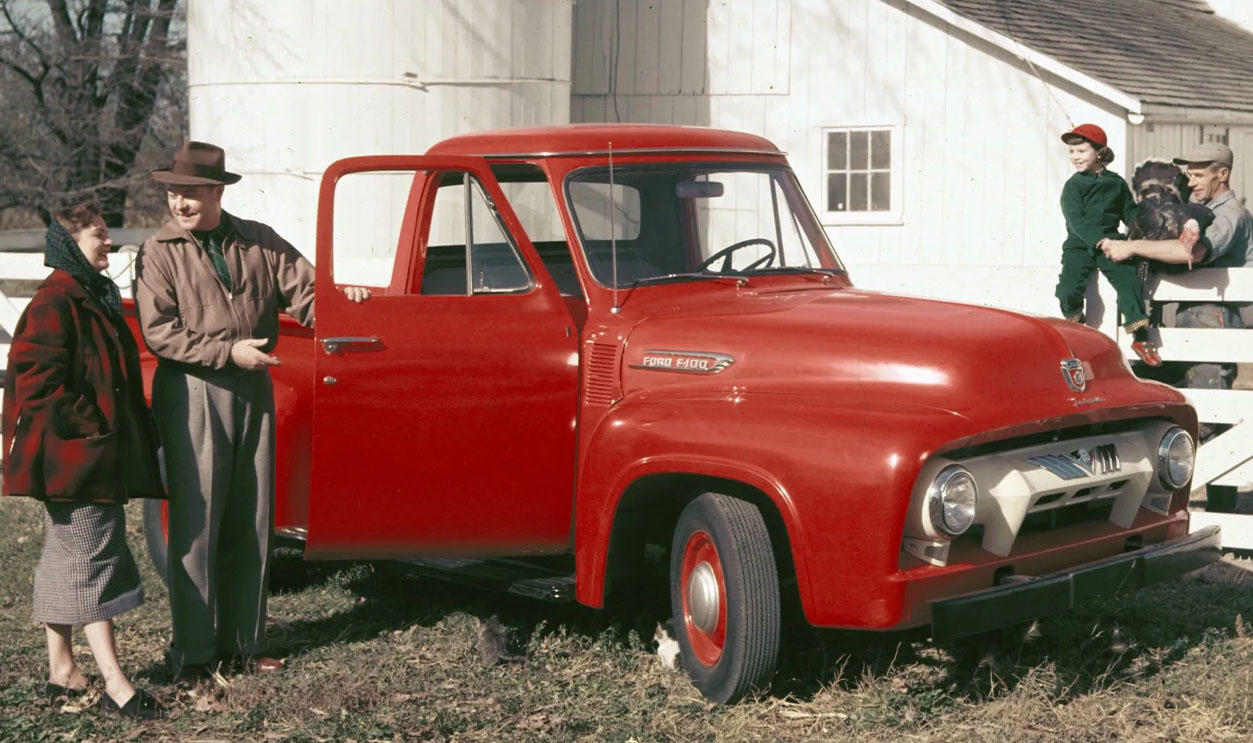An Impressive Era
The '90s often remind us of iconic stuff like waffle crisps, boy bands, video game consoles, and blockbuster movies like Titanic. But that decade also brought supercars that broke speed records.
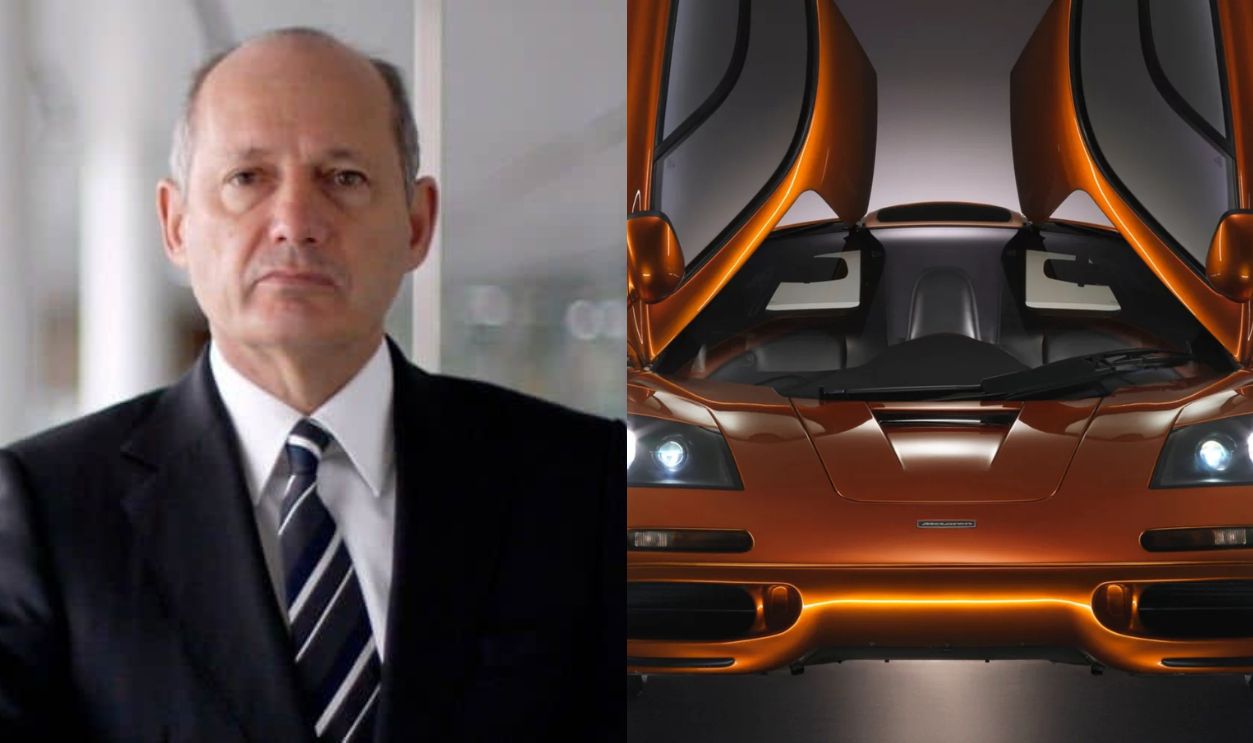
Most Dramatic-Looking Supercars In The '90s
The world fell in love with supercars when manufacturers tried to outdo each other. Their competition gave us exotic record-smashing speedsters like McLaren's F1, Bugatti's EB110, and the Japanese Honda NSX. These 11 supercars ruled the '90s and made history—some so exclusive that there's only one road-safe version worldwide.
 100yen, CC BY-SA 3.0, Wikimedia Commons
100yen, CC BY-SA 3.0, Wikimedia Commons
Pagani Zonda C12
Horacio Pagani confirms that nothing can stop a determined person. When the Argentine engineer faced issues with the suitable engines for his supercar dreams, he approached Mercedes-Benz for a partnership. They offered their powerful V12s, and Pagani successfully revealed the stunning Zonda C12 at the Geneva Motor Show.
 Chelsea Jay, CC BY-SA 4.0, Wikimedia Commons
Chelsea Jay, CC BY-SA 4.0, Wikimedia Commons
It Wasn't Quite Built For Racing
The Zonda C12 was a fine blend of art, engineering, jet fighters, and racing cars. It even became an exclusive collector's item because Pagani produced only five between 1999 and 2002. Although this model had a 402–444 HP engine, it fell short at the Le Mans races.
 MrWalkr, CC BY-SA 4.0, Wikimedia Commons
MrWalkr, CC BY-SA 4.0, Wikimedia Commons
Porsche 911 GT1 Strassenversion
According to FIA homologation rules, Porsche had to build street-legal models of its racing cars. When Porsche wanted to participate in GT1 racing, it designed the 911 GT1 Strassenversion. This beauty had a front half resembling the Porsche 993 and a rear like the Porsche 962 sports prototype.
 Nunos porsche Museum, CC BY-SA 3.0, Wikimedia Commons
Nunos porsche Museum, CC BY-SA 3.0, Wikimedia Commons
A Hybrid Supercar
Merging elements from two supercars created a distinct hybrid design—you can't resist. By 1997, there were about 20 meticulously hand-crafted units. Each had a 3.2-liter twin-turbocharged flat-six engine by Porsche, generating 536 HP. In 2017, a Strassenversion was auctioned for $5.665 million.
 The Car Spy, CC BY 2.0, Wikimedia Commons
The Car Spy, CC BY 2.0, Wikimedia Commons
Jaguar XJ220
Jaguar publicized the XJ220 concept at the 1988 Birmingham Motor Show. Its futuristic design and plans for a V12 drew gasps and wows from the audience. However, due to cost and development constraints, Jaguar had to opt for a 3.5-liter twin-turbo V6. But nothing changed.
 Jaguar MENA, CC BY 2.0, Wikimedia Commons
Jaguar MENA, CC BY 2.0, Wikimedia Commons
It Became The World's Fastest Production Car
By 1993, Jaguar started producing XJ220s with V6 engines, delivering a remarkable 542 HP. Despite the smaller engine, the XJ220 stunned enthusiasts in 1994. It reached a 213 mph top speed at the Nardo test track in Italy, and the XJ220 became the world's fastest production car.
 Brian Snelson, CC BY 2.0, Wikimedia Commons
Brian Snelson, CC BY 2.0, Wikimedia Commons
Elton John Had This Jaguar
Jaguar attached a hefty price tag on the XJ220 before ending production with only 281 units. But $500,000 was loose change for Sir Elton John. Years later, in 2021, he auctioned his XJ220 for $329,706, setting a Guinness World Record for the largest car sale by a celebrity.
 Raph_PH, CC BY 2.0 and Jagvar, Wikimedia Commons
Raph_PH, CC BY 2.0 and Jagvar, Wikimedia Commons
McLaren F1
When McLaren's CEO, Ron Dennis, got tired of the normal, he gathered a team—including Gordon Murray and Peter Stevens—to design a road-going version of F1 speedsters. They built a three-seat car with the driver sitting in the center, not left or right, and two passenger seats behind. It shattered a record.
 Chelsea Jay, CC BY-SA 4.0, Wikimedia Commons
Chelsea Jay, CC BY-SA 4.0, Wikimedia Commons
One-Time World Fastest Production Car
Besides looks, the McLaren F1 was the first production car designed with a carbon fiber monocoque chassis. During its 1993 debut, this supercar covered a record-breaking 0-60 mph in 3.2 seconds. 627 HP and 240 mph were insane figures. David Beckham and Jay Leno couldn't resist.
 Eliot, CC BY-SA 2.0, Wikimedia Commons
Eliot, CC BY-SA 2.0, Wikimedia Commons
JaguarSport XJR-15
In 1988, Jaguar and Tom Walkinshaw Racing (TWR) collaborated to create a road car inspired by the legendary Jaguar XJR-9 race car. By 1990, the Jaguar XJR-15 prototype debuted at the Birmingham Motor Show with a striking Peter Stevens design (the same one from McLaren F1). It was the first of its kind.
 Mr.choppers, CC BY-SA 3.0, Wikimedia Commons
Mr.choppers, CC BY-SA 3.0, Wikimedia Commons
It Was The First Of A New Breed
The XJR-15 had a carbon fiber monocoque chassis as the world's first mass-produced car built with only carbon fiber and Kevlar composites. The material made all 53 units weigh less with better structural integrity. Its 6.0-liter V12 performs well enough (450 HP) for the XJR Challenge series drivers.
 Vauxford, CC BY-SA 4.0, Wikimedia Commons
Vauxford, CC BY-SA 4.0, Wikimedia Commons
Ferrari F50
In 1989, Ferrari set out to create a successor to the iconic F40. They wanted Formula One technology on the streets. After hiring Pininfarina to handle designs, they displayed the Ferrari F50 at the 1995 Geneva Motor Show. As expected, it had a Formula One-inspired engine.
 MrWalkr, CC BY-SA 4.0, Wikimedia Commons
MrWalkr, CC BY-SA 4.0, Wikimedia Commons
Celebrities Loved This Italian Speedster
Ferrari's 4.7-liter V12 could reach 202 mph and accelerate from 0 to 60 in 3.87 seconds. Nicolas Cage and Michael Schumacher each bought an F50. And because Ferrari wanted to keep appealing to high-end consumers, they only released 349 units meticulously hand-built in Maranello.
 Aécio Neves, CC BY 2.0 and Alexandre Prévot, CC BY-SA 2.0, Wikimedia Commons
Aécio Neves, CC BY 2.0 and Alexandre Prévot, CC BY-SA 2.0, Wikimedia Commons
Bugatti EB110
After years of dormancy, Italian entrepreneur Romano Artioli acquired Bugatti and decided to revive the brand with a stunning supercar. During its 1991 launch, the model's name honored founder Ettore Bugatti's 110th birthday. The EB110 debuted with a carbon fiber chassis, all-wheel drive, and a V12 with four turbochargers.
 Mr.choppers, CC BY-SA 3.0, Wikimedia Commons
Mr.choppers, CC BY-SA 3.0, Wikimedia Commons
It Became The World's Fastest Car
The 603-HP EB110 Super Sport beat the Lamborghini Diablo's record after recording 212.5 mph in May 1992 at the Nardo test track. It was so fast that Formula One legend Michael Schumacher reportedly crashed his yellow Super Sport into a truck in 1994 due to inadequate brakes.
 Edvvc, CC BY 2.0, Wikimedia Commons
Edvvc, CC BY 2.0, Wikimedia Commons
Nissan R390
'90s gearheads will remember the R390 as Nissan's FIA GT1 racer at the 1997 and 1998 Le Mans. Nissan launched this project with NISMO (Nissan Motorsport). The R390's aerodynamic form was complemented by a mid-mounted 3.5-liter twin-turbo BRH35L V8 delivering 650 HP.
 Morio, CC BY-SA 4.0, Wikimedia Commons
Morio, CC BY-SA 4.0, Wikimedia Commons
The R390 Has A Rare Version
Nissan produced only one road-going version—the same twin-turbocharged V8 engine as the race car but detuned to 550 HP. It was never sold and is currently stored at NISMO's Zama warehouse. Former F1 driver Erik Comas's R390 is a racing variant made road-legal by Andrea Chiavenuto.
 Morio, CC BY-SA 4.0, Wikimedia Commons
Morio, CC BY-SA 4.0, Wikimedia Commons
Dauer 962 Le Mans
Here's another offspring of Porsche's 962 race car. In 1994, Jochen Dauer transformed the legendary 962 into the Dauer 962 Le Mans. He wanted a street-fit supercar that kept the thrill of its racing roots. His designers added a lightweight carbon fiber body, luxurious interiors, and incredible power.
 Martin Lee, CC BY-SA 2.0, Wikimedia Commons
Martin Lee, CC BY-SA 2.0, Wikimedia Commons
This Hand-Built Car Had A Hefty Price Tag
By 1995, Dauer had only five ready because they had to be meticulously hand-crafted. Each had a twin-turbocharged flat-six engine generating 730 HP with advanced features like adjustable hydraulic suspension. Fortunately, it was worth the time spent. Dauer sold each coveted supercar at a staggering $1.2 million.
 Martin Lee, CC BY-SA 2.0, Wikimedia Commons
Martin Lee, CC BY-SA 2.0, Wikimedia Commons
First-Generation Honda NSX
When Honda's president, Tadashi Kume, wanted a sports car that could rival Europe's best, Honda decided to build the first production car with an aluminum semi-monocoque. Then, they added Variable Valve Timing and Lift Electronic Control (VTEC) so the car could achieve a higher 8,000 RPM redline.
 ed g2s • talk, CC BY-SA 3.0, Wikimedia Commons
ed g2s • talk, CC BY-SA 3.0, Wikimedia Commons
Jerry Seinfeld Owns This Movie Star
Honda owes Ayrton Senna, though; he convinced them to stiffen the chassis after refining the suspension and handling. The NSX's innovative features were impressive enough to win Motor Trend's 1991 Import Car of the Year. Besides featuring in The Fast and the Furious, collector Jerry Seinfeld also owns one.
 David Shankbone, CC BY 2.0 and Charles01, CC BY-SA 3.0, Wikimedia Commons
David Shankbone, CC BY 2.0 and Charles01, CC BY-SA 3.0, Wikimedia Commons
Lotus Elise GT1
While Lotus wanted to race in the FIA GT Championship, it also wanted a vehicle it could put on the streets. After a long glance at its Elise sports car, Lotus designed a prototype with a 5.7-liter Chevrolet V8, lightweight aluminum chassis, and carbon fiber body.
 Mariegriffiths at the English Wikipedia, CC BY-SA 3.0, Wikimedia Commons
Mariegriffiths at the English Wikipedia, CC BY-SA 3.0, Wikimedia Commons
Track Racer And Gaming Star
Sadly, all Elise GT1s at the 1997 Hockenheim debut exited early due to alternator issues. However, Lotus produced only one road version to meet homologation requirements. It had the Lotus Type 918 twin-turbo V8 with 360 HP. Gamers recognize this supercar from Forza Horizon 4, 5, and Motorsport 7.
 Brian Snelson, CC BY 2.0, Wikimedia Commons
Brian Snelson, CC BY 2.0, Wikimedia Commons

